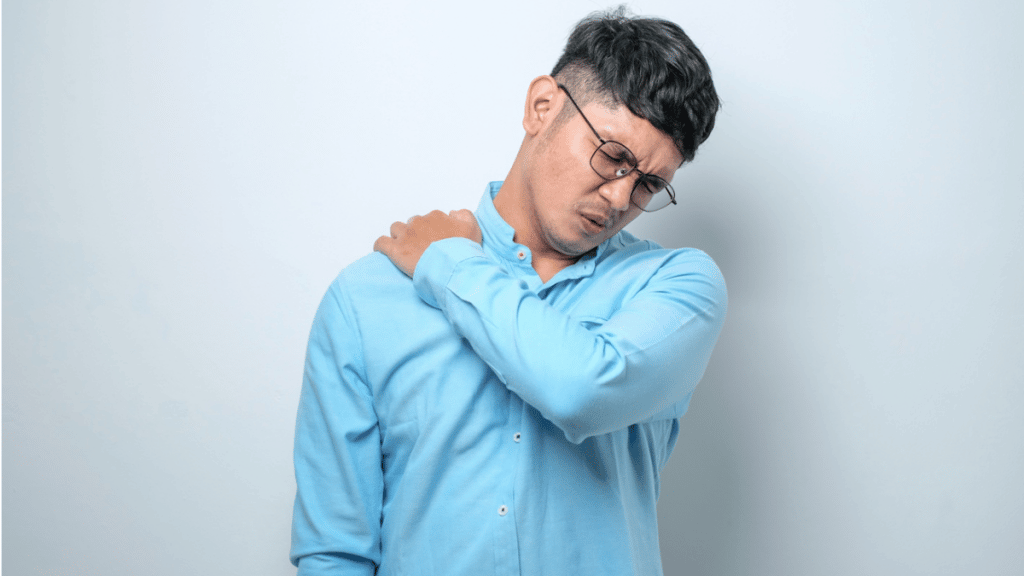Everybody might have to face it when someday you feel very strong and accomplished and bracing, but your muscles are tired and exhausted the next day. It is very common to get sore muscles after a workout, which many athletes face from time to time. But what is one of the best ways to decrease sore muscles and recuperate from tight hamstrings or tender glutes?
Will yoga help?
Well, certain yoga poses can surely assist in reducing your sore muscles. These yoga practices are highly vigorous and intense, but when you are looking to recover and ease your aching muscles, you can go for refreshing, and some relaxing yoga poses. The feeling that you usually get one or two days after an intense workout is known as Delayed Onset Muscle soreness. It is completely normal and is felt in muscles that have not been worked out intensely before. When you carry out an intense workout or bring changes in your routine, you have the maximum chance of getting DOMS compared to doing a low workout every day.
Whenever you get DOMS, you feel like the best thing is not to move your body, but in truth, slow movement and some of the yoga poses can relax your muscle soreness and encourage healing. There are also a few yoga practices that you can do before, during, or after the workout to reduce muscle soreness.
Yoga has uncountable benefits, and among them, a prominent one is it assists in relieving sore muscle pain and stretches your muscles. It is one of the powerful practices that help us in staying active, managing stress, and also in the management of pain. Yoga assists because of its focus on breathing, which energizes and eases your nervous system. Then another reason is we move in so many ways and planes of motion that it acts like a full reset of our postures. When we maintain a good posture, it means less pain. This is why a restorative yoga practice with various poses and proper breathing assists in decreasing pain and stiffness. A yoga school in Rishikesh offers training in various yoga poses.
Here are a few yoga postures that are specifically helpful in the management of pain in some of the common areas of our body:
Dwipada Marajriasana or Bird Dog Balance
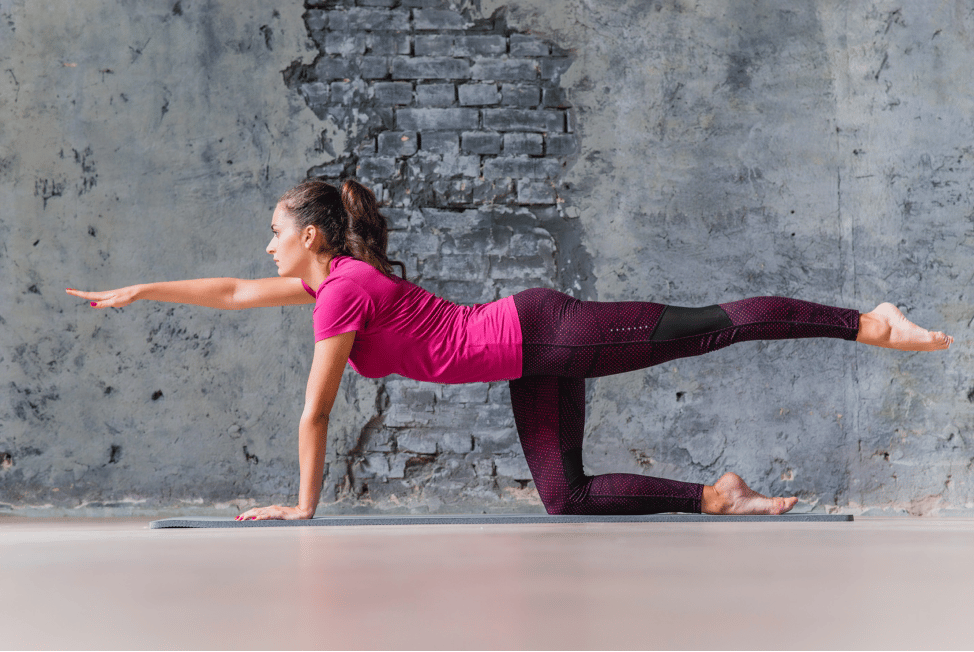
This pose strengthens your spine and shoulders
Start with tabletop position and then extend your right leg back, lifting it off from the ground in par with the hips. Stay in this position, or if you are comfortable, you can also lift your left hand so that you will balance on two limbs. Now pull your navel towards your spine so your core is engaged and you are not sinking in your lower back. Hold on for about 5 – 9 breaths, and then change sides.
Ardha Pincha Mayurasana or Dolphin Pose
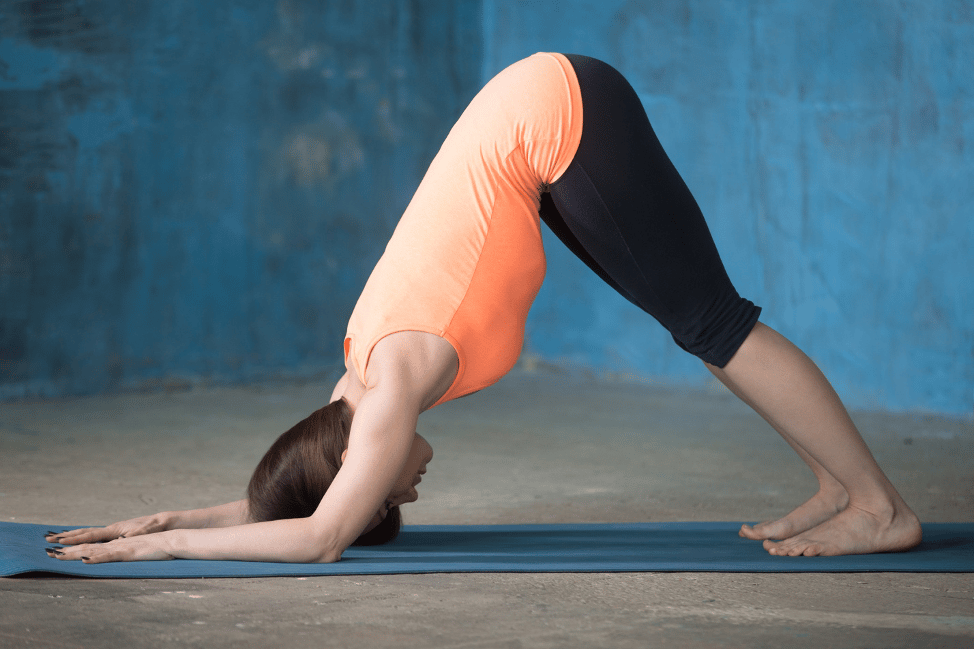
This pose strengthens your shoulders.
Start in a forearm plank with your fingers interlocked and take your feet towards your hands. Stop once you feel that you have reached the maximum limit, and then hold on to this position. Suppose your heels have raised the check if you can rest them on the ground, which enhances the hamstring stretch. It is good if that does not feel comfortable. The elbows might tend to spread out, keep them hugging towards each other so that they stay at shoulder width apart. Hold on for about 5 – 9 breaths, and then rest in child pose. A 200 hour yoga teacher training in Rishikesh not only teaches you how to do yoga but also assist you in becoming a yoga mentor.
Ardha shalabhasana or Half locust pose
This pose strengthens your glutes and hamstrings.
Start with a prone position keeping your arms crossed in front of you. Allow your forehead to rest on your forearm and point your legs back. Pull in the navel and lift one of your legs off from the ground as high as you are comfortable with. Do not tilt to one side to lift your leg. Carry out this slowly without making use of speed or momentum. Hold on for about 3 – 5 breaths, and then change sides. You can repeat this about 5 – 10 times. It assists in relieving your lower back and knee pain.
Supta Kapotasana or Supine pigeon pose
This pose stretches your glutes, lower back, and piriformis.
Initiate with a supine position with your knees bent. Lift your right ankle and then place it over your left knee. Now bring your left knee towards your chest by pulling slowly using your hands. If you feel comfortable, make use of your right elbow to get the right shin parallel to the ground. Hold on for about 5 – 10 breaths, and then repeat on the other side. This is one of the best stretches for cyclists and runners.
Nikunjasana or extended child pose
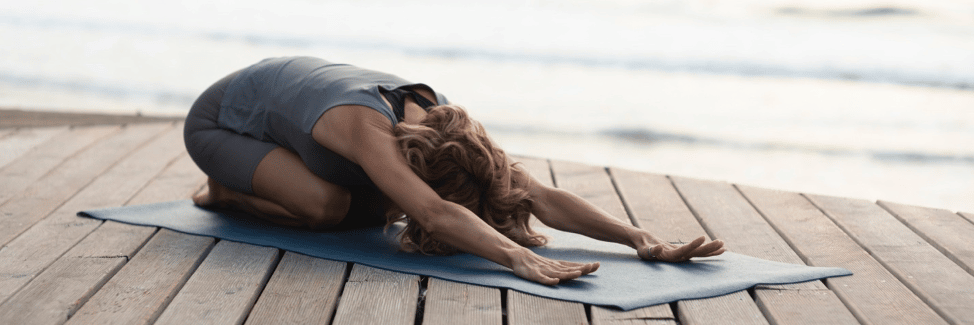
This stretches your shoulders and your upper back.
Start in tabletop position and take your hands forward till your forehead reach the ground. Allow your spine to be neutral, and press your hands into the ground. Maintain your hips above your knees. You can also rest your forehead on the ground. Keep your hips above your knees. You can use a pillow to rest your forehead. Hold on for 5 – 9 breaths.
Pranayama

If you want the best outcome from your yoga practices, then you should include pranayama. Spend in a minimum of 3 minutes practicing the below three techniques:
- Equal breathing or the same length of inhalation and exhalation
- Double breathing, where exhalation is double than inhalation length.
- Alternate nostril breathing or Anulom Viloma
This assists in enhancing your energy levels, vitality along with healing capacity.
Meditation
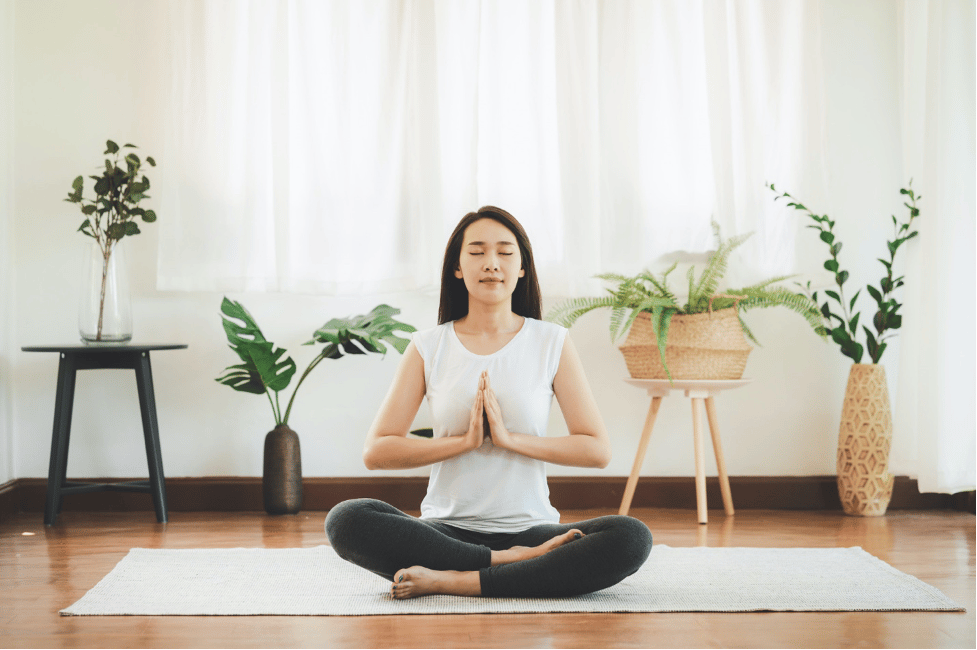
Do you know meditation has the capacity to decrease your pain sensation in the same way as a pain killer? Research has shown that people doing regular meditation feel less pain. Meditation rewires your brain to have less sensitivity to pain. It also enhances hormones that are natural pain killers. Advance level yoga teacher training like 300 hour yoga teacher training in Rishikesh trains you to become an efficient yoga teacher.
To summarize, select various poses, and give more time to those poses that address your specified requirements. Wrap up with proper breathing techniques and meditation. You have a powerful tool for being happy, pain-free, and healthy.


